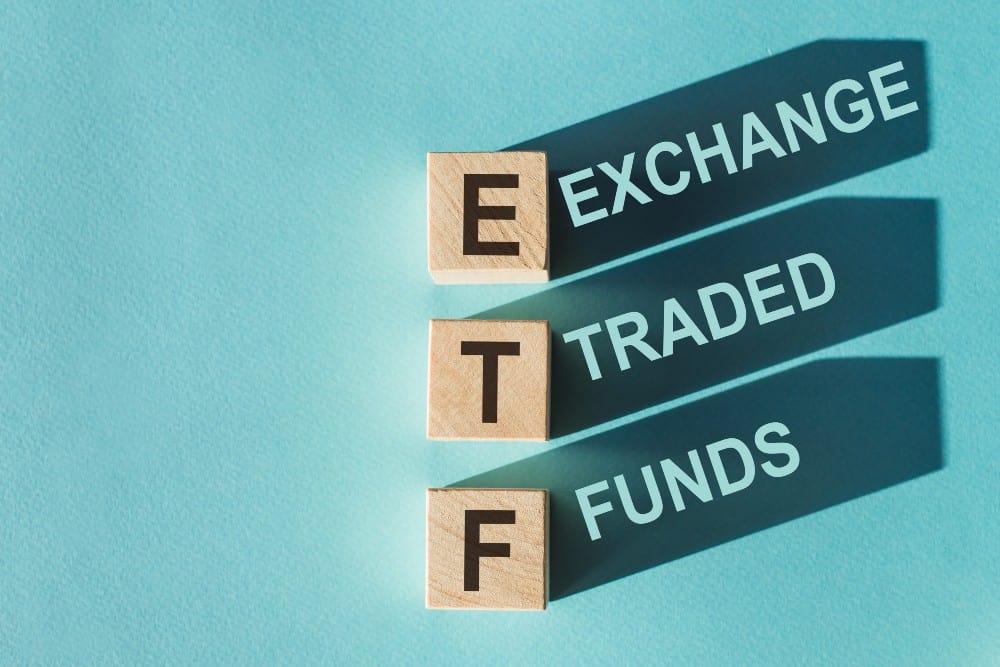Stock investing comes with a degree of risk, whether you’re in for the short term or the long haul. People buy individual stocks to make money from price appreciation. The general rule is to buy low and sell high.
However, selecting stocks to build a portfolio is cumbersome if not time consuming. More importantly, it requires monitoring and self-management. Fortunately, the introduction of exchange-traded funds (ETFs) made life easier for investors who want to simplify the investing process.
A single ETF can provide broad diversification and simplify the selection process. Today, top ETF issuers and professional fund managers like BlackRock, Bank of Montreal, and Vanguard offer all-in-one ETFs. Besides their growth solutions, investors can get regular income streams through the dividend payments.
Low risk
The ideal choice for risk-averse investors and beginners is iShares Core Conservative Balanced ETF Portfolio (TSX:XCNS) because the risk rating is low. Your exposure is to a portfolio of ETFs that is broadly diversified by asset class. The multi-asset package consists of equities (41.44%) and fixed-income securities (58.44%).
XCNS seeks to provide long-term capital growth and income. BlackRock invests primarily in one or more ETFs it also manages. Monitoring is continuous while rebalancing is automatic, if need be, to maintain asset class target weights. If you invest today, the cost per share is $21.36. This all-in-one ETF pays dividends every quarter. Currently, the yield is 1.88%.
Low to medium risk
The portfolio strategy of BMO Growth ETF (TSX:ZGRO) is the same as BlackRock’s XCNS, although the risk indicator is low to medium. BMO Global Asset Management invests in global equity and fixed-income BMO ETFs. The design of this growth ETF with index-based asset allocation is to provide long-term capital appreciation.
ZGRO’s difference with XCNS is that it skews more toward stocks (80.82%) than fixed-income securities (19.18%). Regarding percentage weights, BMO S&P 500 Index ETF (34.03%) and BMO S&P/TSX Capped Composite Index ETF (22.28%) are the top two holdings.
Performance-wise, ZGRO’s total return in 3.16 years is a decent 32.67% (9.37% CAGR). At $37.10 per share, the dividend yield is a modest 2.34%.
60/40 asset mix
Under normal market conditions, Vanguard Balanced ETF Portfolio (TSX:VBAL) strives to maintain a long-term strategic allocation of equity (60%) and fixed-income securities (40%) every time. This asset mix should help the fund achieve its investment objective of providing long-term capital growth with a moderate level of income.
Vanguard has the discretion to reconstitute or rebalance the portfolio from time to time. VBAL, through its fund manager, invests in underlying Vanguard funds. Also, large-cap companies (83.41%) comprise the largest market capitalization. For weighted exposure, the financial (20.3%) and technology (17.6%) sectors have the most significant percentage weights.
As of this writing, VBAL trades at $28.84 per share and pays a 2.04 dividend. The distribution frequency is also every quarter.
Safer alternatives
BlackRock’s XCNS, BMO’s ZGRO, and Vanguard’s VBAL are down by at least 6% year to date. Still, if you want less hassle, broad exposure, and a moderate income stream, you can pick any of three of these all-in-one ETFs.








